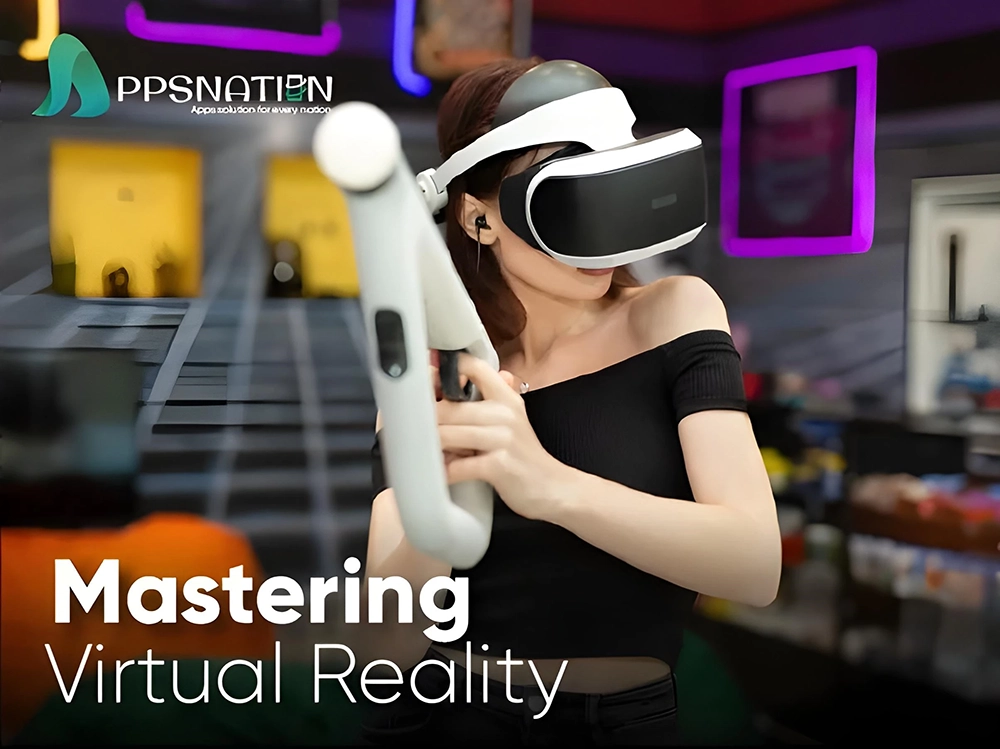Augmented reality (AR) has rapidly evolved into a dynamic technology with applications spanning across various industries, from gaming to education and beyond. As an AR developer, having the right set of tools in your arsenal can significantly impact your success in creating immersive and engaging experiences. In this article, we’ll delve into the top 10 must-have AR developer tools that can propel your projects to new heights.
Table of Contents
| 1 | Introduction to AR Development Tools |
| 2 | Unity |
| 3 | Unreal Engine |
| 4 | ARKit |
| 5 | ARCore |
| 6 | Vuforia |
| 7 | Wikitude |
| 8 | ZapWorks |
| 9 | Lens Studio |
| 10 | 8th Wall |
| 11 | Conclusion |
| 12 | Frequently Asked Questions (FAQs) |
Introduction to AR Development Tools
Before diving into the specifics, let’s discuss the importance of having the right tools for AR development. These tools empower developers to create captivating AR experiences by providing features such as 3D rendering, spatial tracking, interaction design, and more.
Unity
Unity stands as a cornerstone for AR development. Its user-friendly interface and extensive library of assets make it a go-to choice. With support for various platforms, Unity offers seamless integration of ARFoundation, enabling developers to create cross-platform AR apps effortlessly.
Unreal Engine
Unreal Engine is renowned for its stunning graphics and real-time rendering capabilities. With its built-in AR framework, developers can craft visually impressive and interactive AR applications. Unreal Engine’s blueprint system further simplifies the development process.
ARKit
ARKit, designed for iOS devices, empowers developers to create immersive experiences tailored for iPhones and iPads. Its advanced features, such as simultaneous localization and mapping (SLAM), enable accurate object placement and tracking.
ARCore
For Android enthusiasts, ARCore offers similar functionality to ARKit. It enables developers to build AR apps compatible with a wide range of Android devices. ARCore’s motion tracking and environmental understanding ensure seamless user experiences.
Vuforia
Vuforia is a popular tool for creating marker-based AR applications. It offers an easy way to recognize images and objects, allowing developers to overlay digital content on physical surfaces.
Wikitude
Wikitude specializes in location-based AR experiences. Developers can leverage its geolocation features to create AR apps that offer contextually relevant information based on the user’s surroundings.
ZapWorks
ZapWorks is a versatile AR development platform that caters to both beginners and experts. Its drag-and-drop interface and scripting capabilities make it a fantastic choice for creating interactive AR content.
Lens Studio
Snapchat’s Lens Studio empowers developers to design AR lenses for the Snapchat platform. With its user-friendly templates and guides, developers can craft engaging AR experiences that millions of Snapchat users can enjoy.
8th Wall
8th Wall focuses on web-based AR development. By utilizing web technologies, developers can create AR experiences that users can access directly from their browsers, eliminating the need for app installations.
Conclusion
In the ever-evolving world of AR development, having the right tools is essential for success. Each of the aforementioned tools brings unique features to the table, catering to various aspects of AR creation. By leveraging these tools, developers can unleash their creativity and build captivating AR experiences that leave a lasting impact.
FAQs
Q: What is AR development?
AR development involves creating applications that overlay digital content onto the real world, enhancing users’ perception of reality.
Q. Can I use Unity for AR development?
Absolutely! Unity offers a robust platform for creating AR applications with its ARFoundation package
Q: Are these tools suitable for beginners?/strong>
Yes, many of these tools provide user-friendly interfaces and resources that cater to both beginners and experienced developers.
Q: How does ARCore work?
ARCore utilizes motion tracking, environmental understanding, and light estimation to enable realistic AR experiences on Android devices.
Q: Where can I access the mentioned tools?
You can find these tools on their respective official websites or through relevant app stores.





